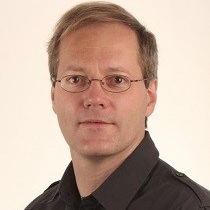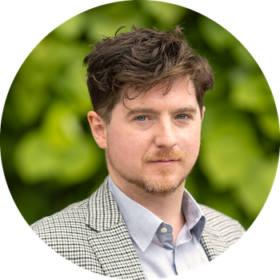There is a difference between maximizing bifacial gain, and cost effectively optimizing a bifacial pv system, which means balancing increased investment costs and energy yield payback. It’s often claimed that bifacial technology can deliver energy yield gains of 20% or more, but where is the line between this potential and the added investment cost required for bifacial optimizations? In the first part of this upcoming webinar, Bruno Wittmer, chief development engineer at PVSyst, will show us how bifacial gain can be maximized through insight gained from system simulations in PVSyst.
Download presentations
Q CELLS Thomas Dinkel Webinar PresentationPVsyst Bruno Wittmer Webinar Presentation
Optimizing bifacial gain and balancing investment costs
There is a difference between maximizing bifacial gain, and cost effectively optimizing a bifacial pv system, which means balancing increased investment costs and energy yield payback. It’s often claimed that bifacial technology can deliver energy yield gains of 20% or more, but where is the line between this potential and the added investment cost required for bifacial optimizations?
In the first part of this upcoming webinar, Bruno Wittmer, chief development engineer at PVSyst, will show us how bifacial gain can be maximized through insight gained from system simulations in PVSyst. The presentation will reveal the most important parameters to take note of in boosting the energy yield, and will cover a range of different system designs, geographies and climate conditions for both fixed tilt systems and single axis trackers.
In the second part, Q Cells will demonstrate their findings in bifacial gain R&D, as well as a clever new tool they are working on. Starting with simulation data and field measurements, Thomas Dinkel – who leads the development of system optimization with bifacial PV modules at Q Cells – sets out to calculate what maximizing the energy yield means in terms of cost, and how to balance the two. For example, increasing the height of the modules increases the bifacial gain, but also leads to increased initial costs – more steel for the mounting system, more wind load calls for deeper grounding, and more peak power eventually calls for bigger inverters or shorter strings, to name a few of the considerations.
It is complex to solve such a puzzle manually. Q Cells will demonstrate a preview of a software system that allows it to consider multiple set ups and optimize the result much more easily. Interested? Register now to see work in progress and be part of the discussion.
Content:
- How to maximize bifacial gain using PVSyst
- Fixed tilt versus single axis trackers
- Influence of geography and season
- How to optimize a bifacial plant?
- Interaction between bifacial additional income and investment costs
- Case studies: What conclusions can be drawn from the first surprising results?
- Outlook
Questions can be submitted beforehand or during the webinar through a chat window.


